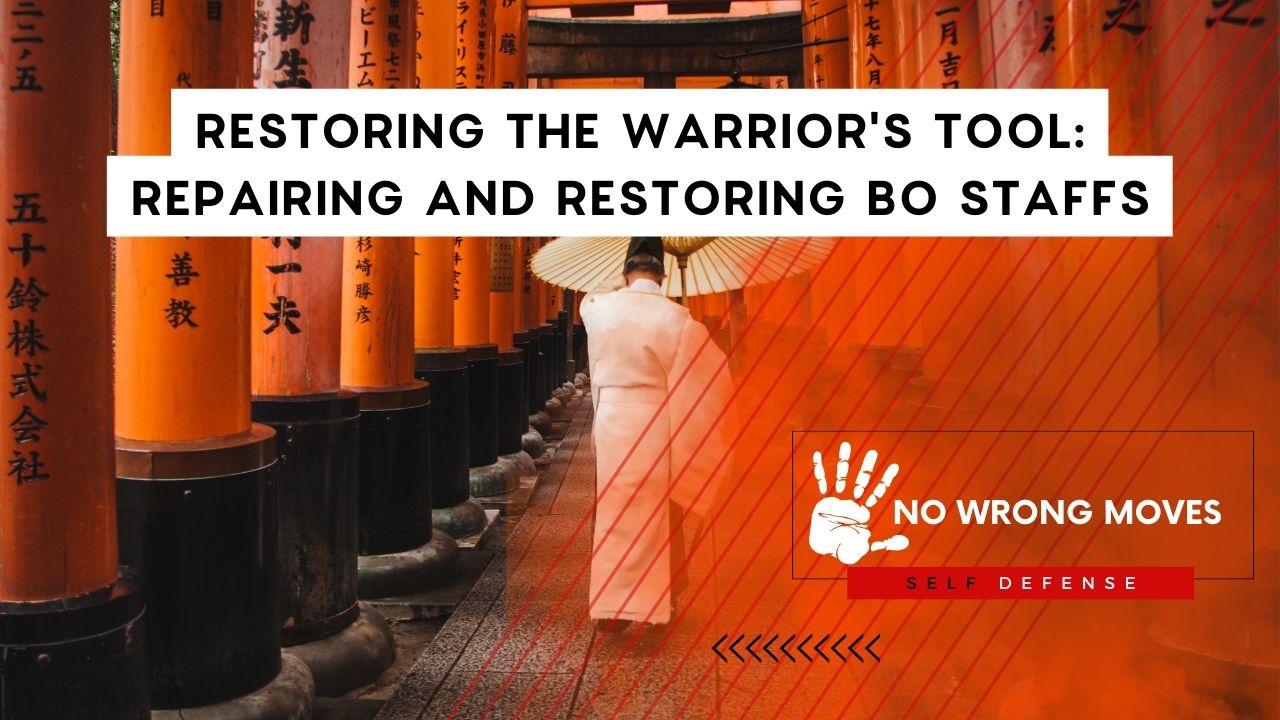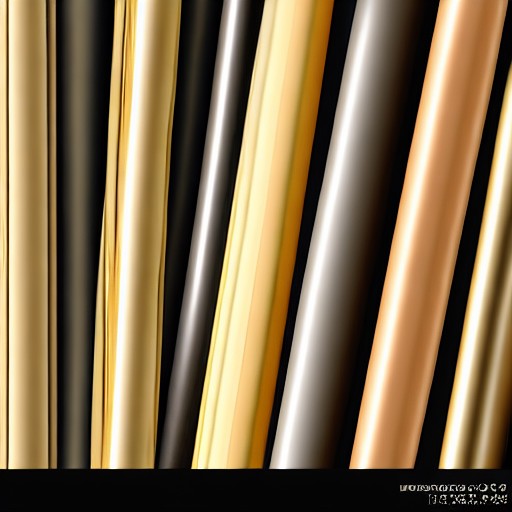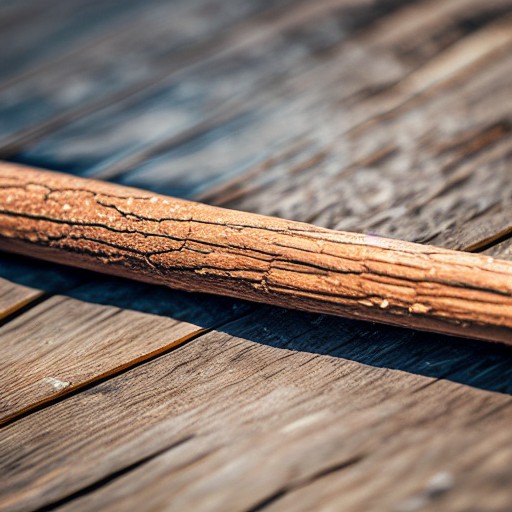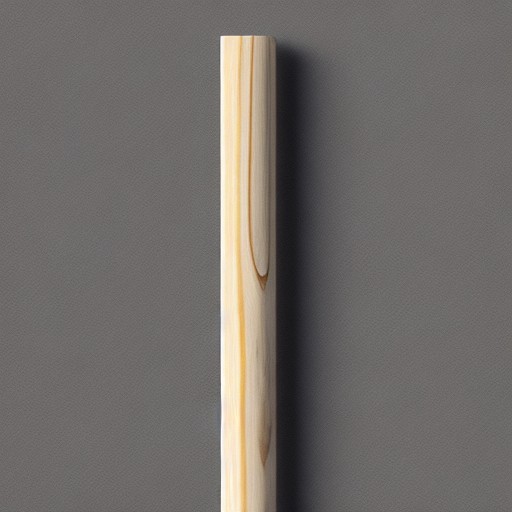
Is your Bo Staff in need of some TLC? Have you been itching to restore one but just don't know where to start? I totally get it - facing a battered, unloved weapon can be both intimidating and disheartening.
It's like staring at a fractured piece of history that's practically begging for your assistance to breathe new life into it!
That's precisely why I'm here today – with my extensive expertise and years spent breathing new life into cherished martial arts weapons, I'm excited to guide you through the entire process of repairing and reviving your Bo Staff.
In this article, we'll dive into everything from choosing the right materials for repairs, mastering sanding techniques that turn old Bo Staffs into stunning masterpieces, identifying common sources of damage, learning how to protect them for the long haul, and so much more!
Understanding Bo Staffs

The Bo Staff is a powerful weapon that requires skill, dexterity, and strength to wield. Over time, Bo Staffs can become damaged and worn, losing their effectiveness in combat.
If you're a martial arts enthusiast, you know how important it is to have a reliable and sturdy weapon. This is where the art of repairing and restoring Bo Staffs comes in.
Before we delve into the process of repairing and restoring Bo Staffs, let's first take a closer look at what Bo Staffs are and their significance in martial arts.
The Bo Staff is a long wooden staff, typically measuring around 6 feet in length. It is used as a weapon in various martial arts styles, such as karate, aikido, and kung fu. Bo Staffs are a versatile weapon that can be used for striking, blocking, and grappling.
The design of the Bo Staff allows for fluid movement and precision strikes, making it a popular weapon of choice for martial artists.
Common Issues with Bo Staffs

Like any other tool or equipment, Bo Staffs can become damaged or worn over time. Common issues that Bo Staffs can face include cracks, splinters, warping, and general wear and tear.
These issues can affect the effectiveness of the weapon and put the user at risk during training or combat. As a martial artist, it's important to ensure that your Bo Staff is in good condition to prevent any accidents or injuries during training.
Remember that over time, even the best Bo staffs can become damaged or worn out. In such cases, it is necessary to repair and restore the weapon to its former glory.
In some cases, a Bo staff may be too damaged to repair, in which case it may need to be replaced. But before replacing a staff, you should likely consider its historical significance and value.
If the staff has been passed down through generations or has other sentimental value, it may be worth the effort to restore it instead of replacing it.
Restoring a Bo staff requires patience, skill, and attention to detail. But with the right tools and techniques, it is possible to bring even the most damaged staffs back to life.
In addition to repairing and restoring Bo staffs, it is important to take steps to maintain them properly to prevent future damage. This includes storing the staff in a dry, cool place and keeping it clean and free from debris.
Restoring Bo Staffs
Restoring a damaged or worn Bo Staff requires a delicate balance of repair and restoration techniques. The goal is to repair any damage to the weapon while also maintaining its original form and function.
The first step in repairing a damaged Bo staff is to identify the type of damage that has occurred. The most common types of damage are cracks and splinters, both of which can be caused by excessive use or accidents.
Once the damage has been identified, the next step is to remove any loose or damaged pieces from the staff. This can be done using a small saw, sandpaper, or a knife, depending on the severity of the damage.
Once any damaged parts have been removed, the staff can be sanded down to remove any rough or sharp edges. Sanding should be done gradually, starting with coarse sandpaper and progressing to finer grades.
This will help to smooth out any rough spots and ensure that the staff is safe to use.
After the staff has been sanded, it is important to apply a protective finish to prevent further damage. A common finish for Bo staffs is linseed oil, which helps to seal the wood and protect it from moisture and cracking.
The oil should be applied in several thin coats, allowing each coat to dry completely before applying the next.
The Wrap-Up

In conclusion, the Bo staff is an important part of martial arts, and its historical and cultural significance cannot be overstated.
While it is important to use the staff safely and responsibly, it is also important to take care of it properly to ensure that it can be used and enjoyed for generations to come.
Whether you are repairing a damaged staff or restoring a treasured heirloom, taking the time to do it right is well worth the effort.
Read up more about other martial arts here!
[author-box-jpx-fitness]
